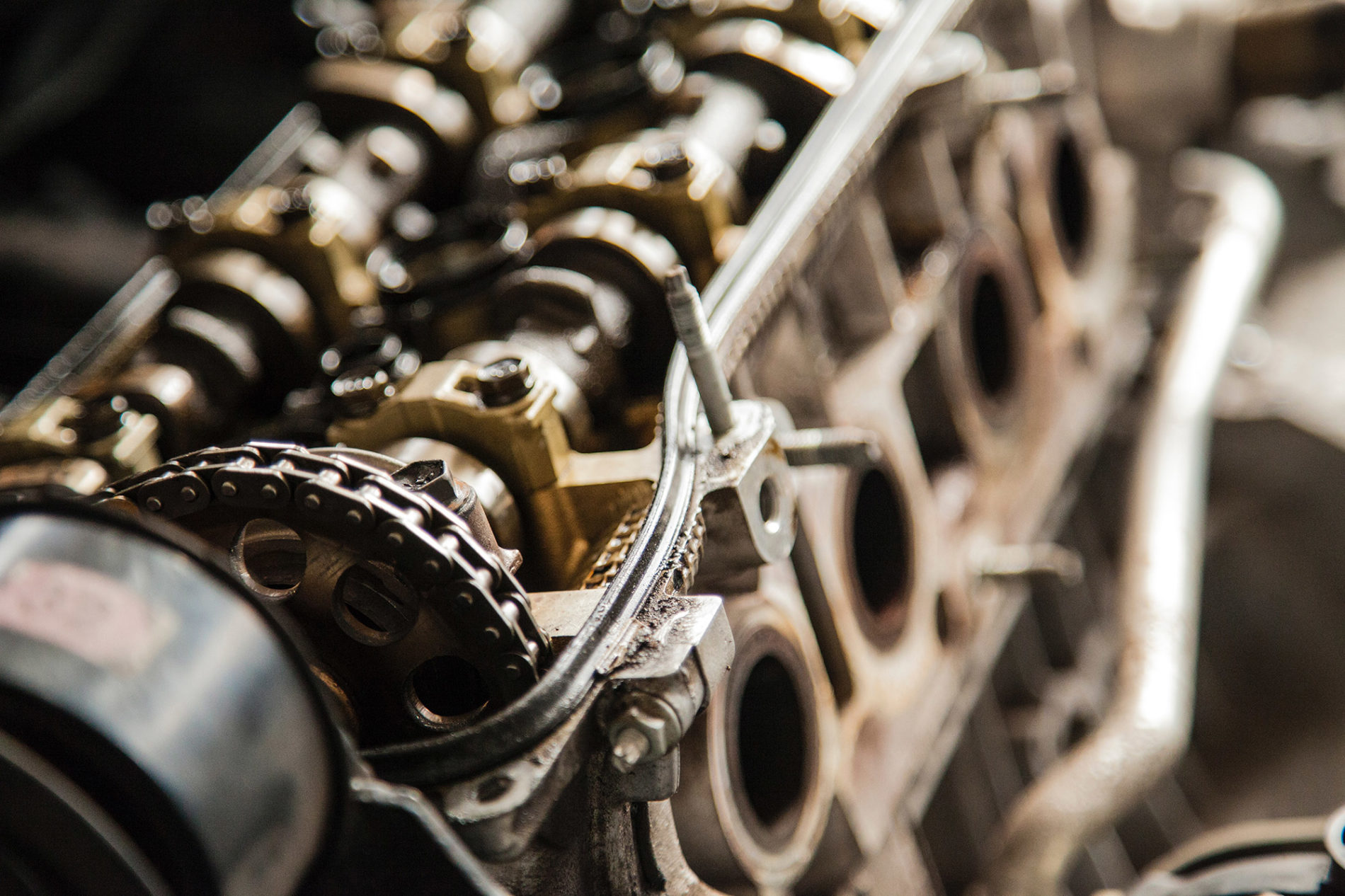Opposed-piston engine technology has been touted as a possible alternative to conventional engine designs for years. Now, opposed-piston engine developer Achates Power reports that its 10.6L opposed-piston heavy-duty powertrain has achieved performance results that comply with pending 2027 requirements of the Environmental Protection Agency and California to sharply reduce emissions of nitrogen oxides (NOx).
The engine and aftertreatment system development and performance assessments were conducted at the Achates Power facility in San Diego and the Aramco Research Center-Detroit, the company said. According to a company spokesman, the latest results are a testing update on the demonstration engine announced 2 years ago. Peterbilt has integrated the test engine into a Model 579 tractor and the vehicle is slated for on-highway testing next year.
Opposed-piston engines have two pistons per cylinder, facing each other, and a central combustion chamber. Explosive fuel burn pushes the pistons apart, and their connecting rods twist separate crankshafts at each end of the cylinder. Through pulleys and gears, the crankshafts transfer their power to a single output shaft. Ports in the cylinders allow entry of air and expulsion of exhaust gases, and pistons compress and fire every time they meet — a two-stroke design, made famous by General Motors and Detroit diesels starting in the 1930s. Like them, an Achates opposing-piston engine has no intake or exhaust valves, but no heavy cylinder heads, either.
Advocates for the technology claim it is a simpler design that can deliver as much as a 30% improvement in fuel economy over conventional diesel engine configurations.
Achates said in a statement its findings are a major development for a project that aims to improve the environmental performance of commercial vehicles. The most recent test of the engine, including aftertreatment, measured 0.02g per brake horsepower-hour (g bhp/hr), demonstrating the capability of the engine to be certified under California’s ultra-low NOx regulation, which requires diesel commercial vehicle engines to reduce NOx by 90% by 2027 – to no more than 0.02g bhp/hr over the Federal Test Procedure cycle.
Furthermore, the company said, the 10.6L was measured at more than 8% below the current standard of 460g CO2, exceeding the 2027 EPA regulations of 432g of CO2 over the Supplemental Emissions Test cycle. These results were achieved with a conventional, underfloor-only, single diesel exhaust fluid injection aftertreatment system, which makes the whole powertrain system less complex and less expensive, and reduces the risk of non-compliance with emissions regulations, according to Achates.
“These results show that the opposed-piston technology is able to meet our sustainable transportation goals, reducing criteria pollutants while also emitting less carbon dioxide,” said David Crompton, president and CEO, Achates Power, in a news release. “At a time when the industry is contemplating many technology options to address clean energy, it’s important to have pragmatic solutions in the conversation that can have more immediate impact, and meeting or beating the most stringent regulations with less cost and complexity and no reliance on enabling infrastructure is compelling.”
The 10.6L opposed-piston engine was developed as part of a demonstration project, led by Calstart and funded by the California Air Resources Board, to demonstrate a low-CO2, ultralow-NOx, opposed-piston heavy-duty diesel engine. In addition to CARB, the South Coast Air Quality Management District, the San Joaquin Valley Air Pollution Control District, and the Sacramento Metro Air Quality Management District are providing funding for the program.
Originally posted on Heavy Duty Trucking (December 17, 2020) (View original article)
